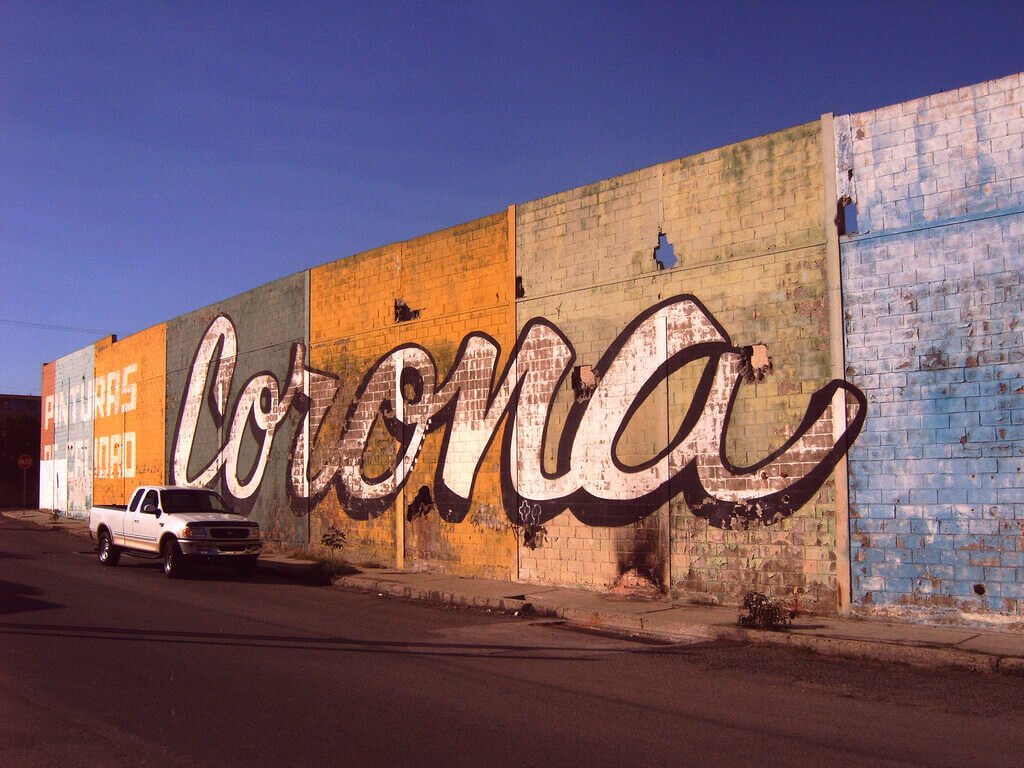 Through the decades there have been many worldwide drug epidemics and it seems that at the moment, Maine is having one of their own. The amount of people currently seeking treatment for opiate abuse has doubled over the past decade to approximately 4,800. Since 2010 there has been an increase of 15%, however the treatment funding does not reflect this and has been reduced by 7%. While the demand and need for treatment has continued to rise over the years, the number of beds for drug treatment has not changed, despite being low to begin with. It could be argued that tax payers’ money can be better spent and that responsibility for such an epidemic should not fall on the American tax payer, however the implications for society will affect all of us.
Through the decades there have been many worldwide drug epidemics and it seems that at the moment, Maine is having one of their own. The amount of people currently seeking treatment for opiate abuse has doubled over the past decade to approximately 4,800. Since 2010 there has been an increase of 15%, however the treatment funding does not reflect this and has been reduced by 7%. While the demand and need for treatment has continued to rise over the years, the number of beds for drug treatment has not changed, despite being low to begin with. It could be argued that tax payers’ money can be better spent and that responsibility for such an epidemic should not fall on the American tax payer, however the implications for society will affect all of us.
A study by the National Drug Intelligence Center (NDIC) in 2011 estimated that the cost of drug abuse to society in monetary terms was $193 billion. However only $14.6 billion was spent on treatment, including hospitalization and government health facilities compared with a massive $113 billion spent dealing with drug related crime. The monetary costs to society are quantifiable but the social implications are less tangible. With increased drug abuse, less preventative measures and fewer treatment options this problem will gradually damage families and communities leading to mental health problems, physical violence, death, the need for increased social services etc.
The largest economic benefit as evident from the above figures is the avoided costs of dealing with crime. Avoiding drug courts, trials and incarceration has huge economic savings. Avoiding hospitalization, emergency care and increased health care due to ill health induced by drug abuse also results in additional savings. Statistically it is evident that spending on prevention as opposed to cure is more cost effective. An analysis published in 2001 by the CASA showed that each American sent $277 each year in state taxes to deal with the burden of substance abuse and addiction, with only $10 in taxes for prevention and treatments. For Maine the discrepancy is even more staggering; before a 7% reduction in funding, spending for substance abuse treatment was $47 million. This represented a mere 3.4% of the $1.4 billion estimated cost of drug and alcohol abuse in Maine, again this includes health care, medical, criminal, and incarceration costs.
The figures show that there is a substantial return on investment and that the cost of not investing in adequate treatment is far greater economically and socially. In a money driven society the figures are clear; if Maine does not restore the 7% of funding to drug treatment and invest further, it will incur even greater costs in dealing with the mess substance abuse and addiction leaves behind.
http://www.healthycommunitiesme.org/assets/files/substance/OSACuts.pdf

